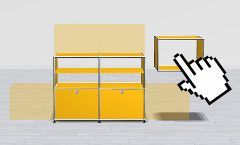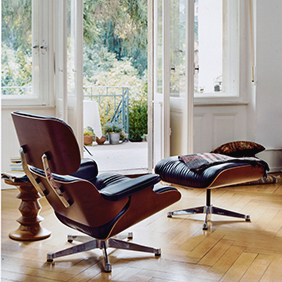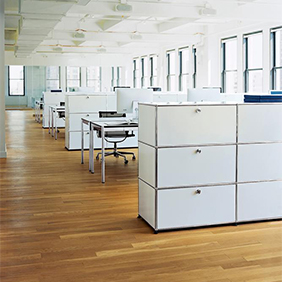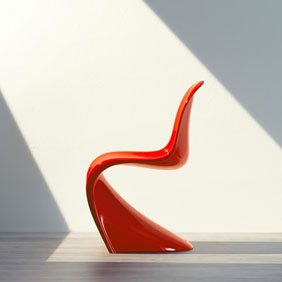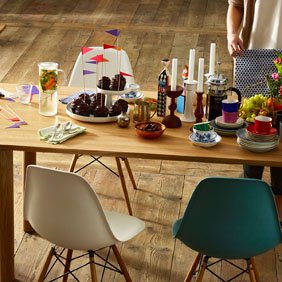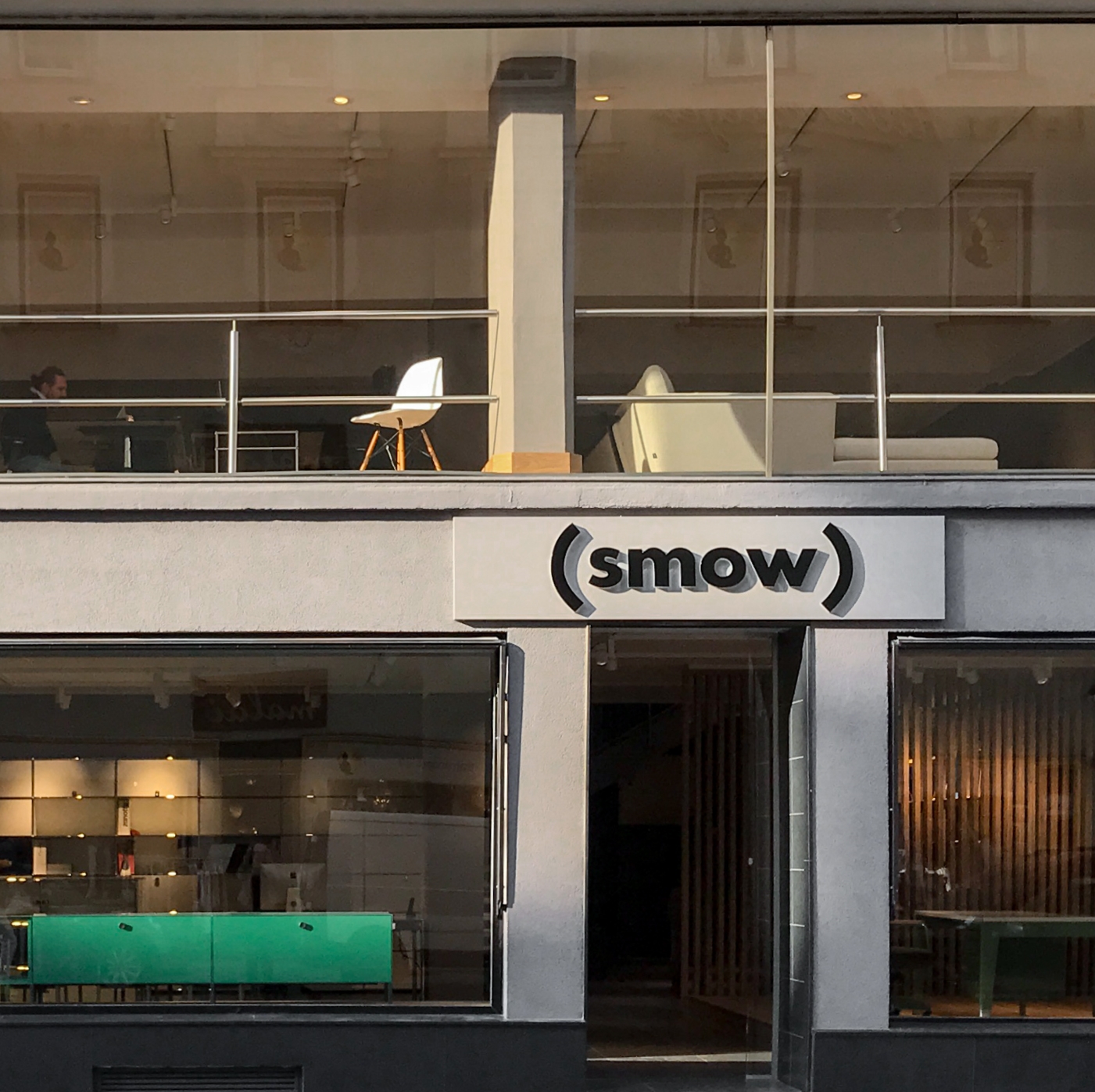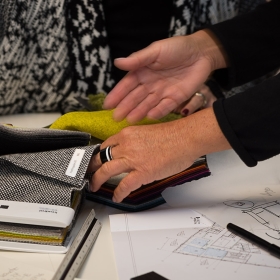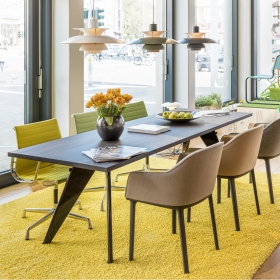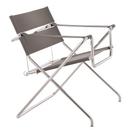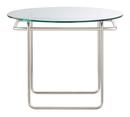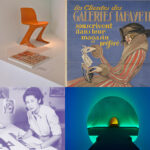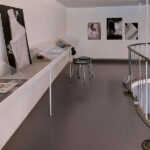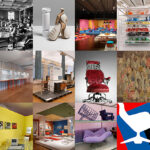5 New Architecture & Design Exhibitions for April 2024
..."The Gesture Speaks" at the Bauhaus Museum, Dessau, Germany For all that the Bauhauses were, without question, art and design and craft and architecture, they were also movement; if movement that tends to be overshadowed by the architecture and craft and design and art and romanticising and commercialisation... And movement at the Bauhauses that the Bauhaus Museum, Dessau, will seek to place more in the spotlight of, more centre stage of, more actively in, the (hi)stories of the institutions...

